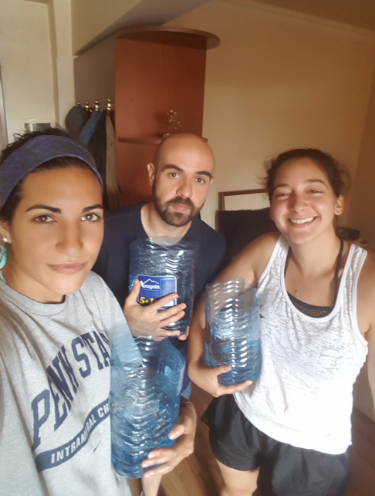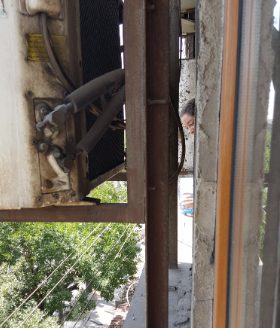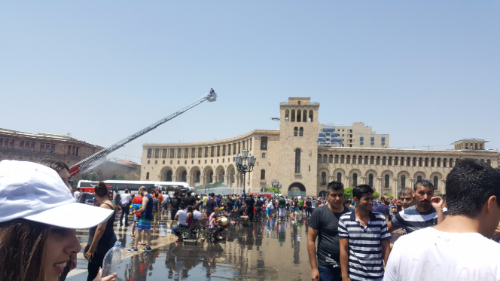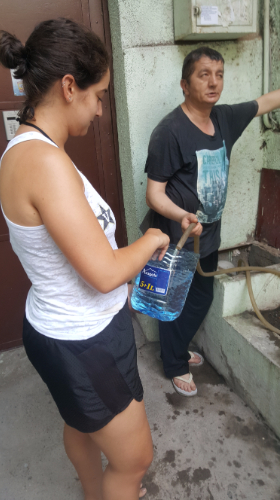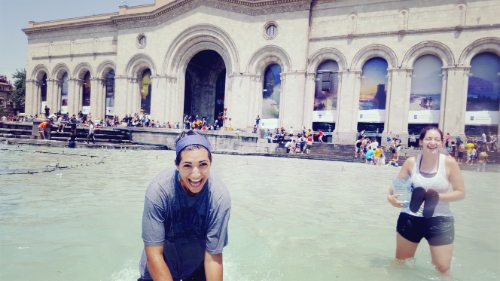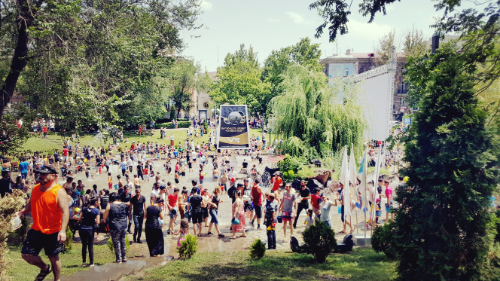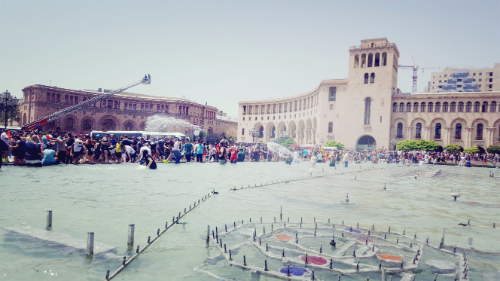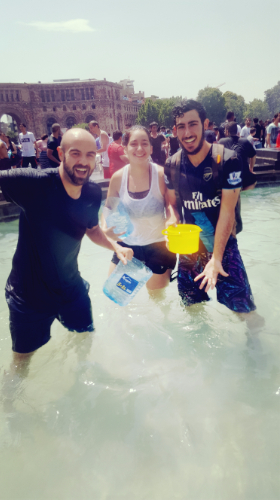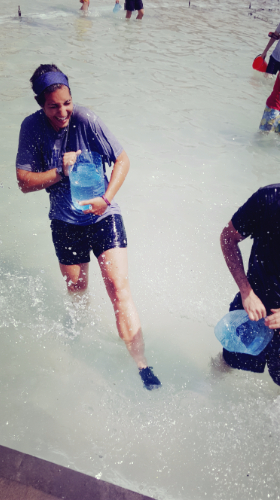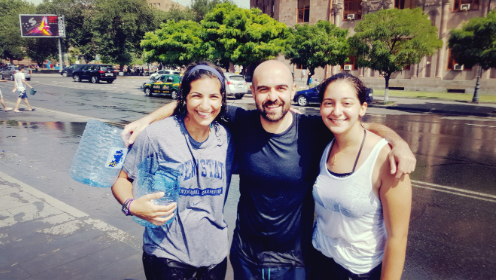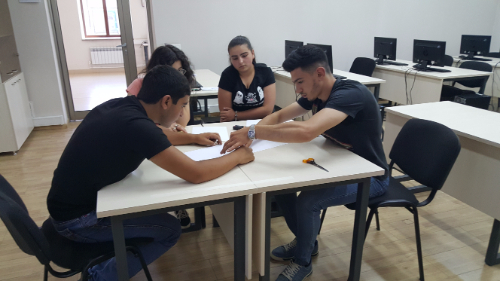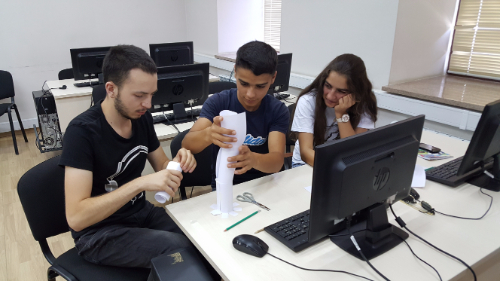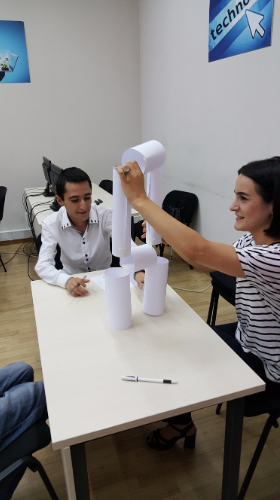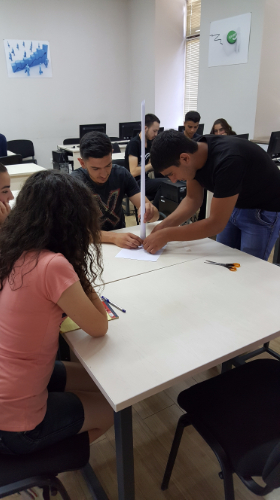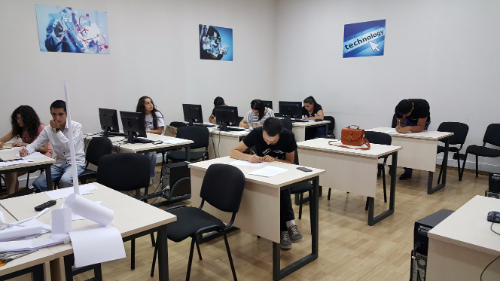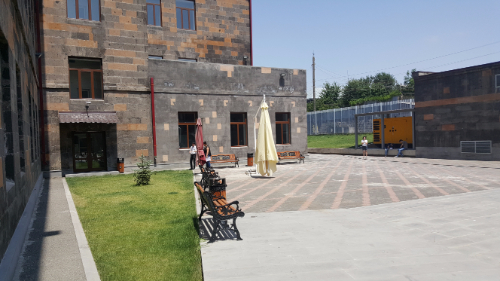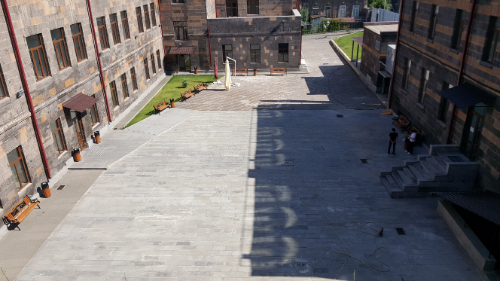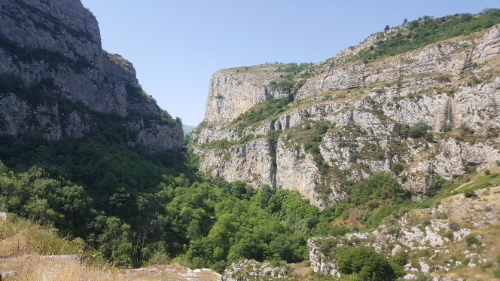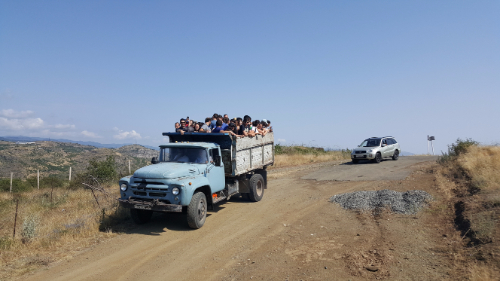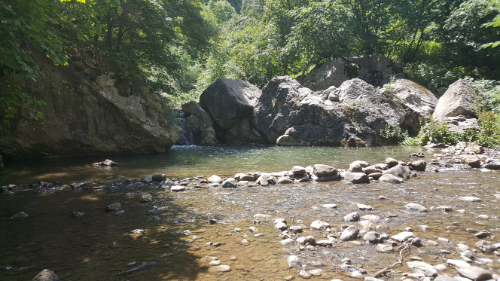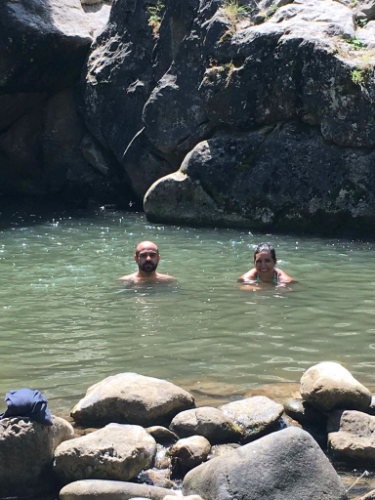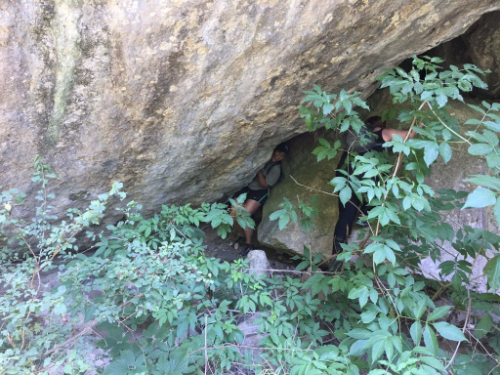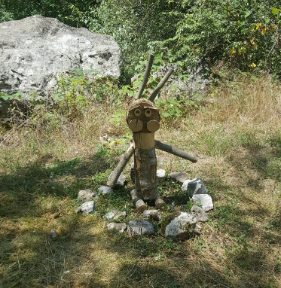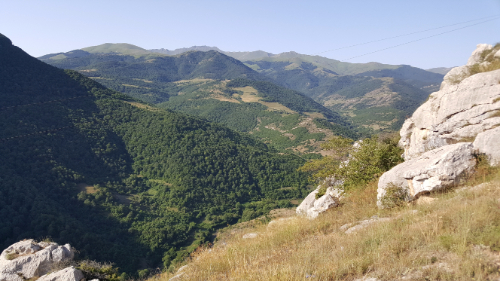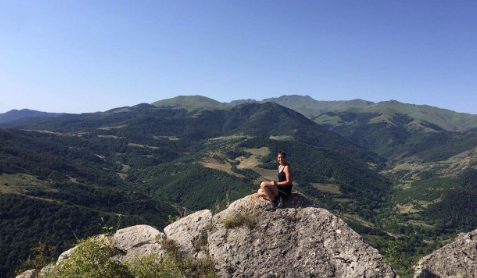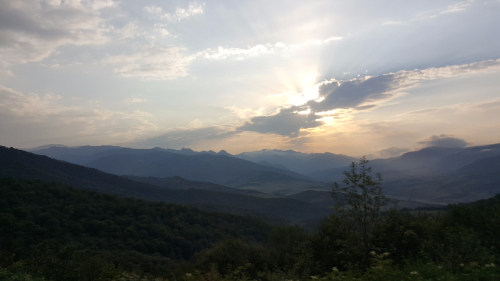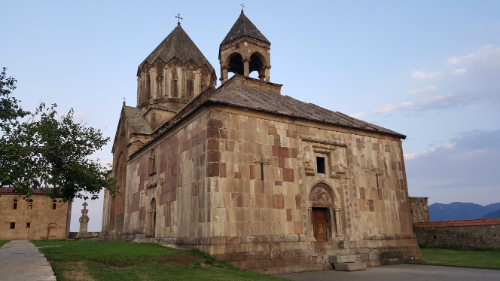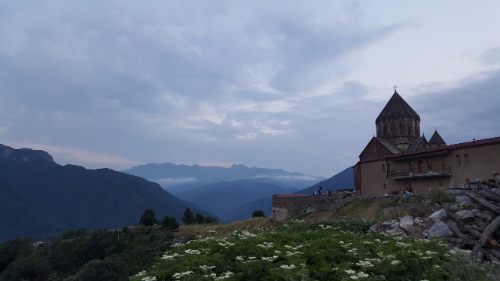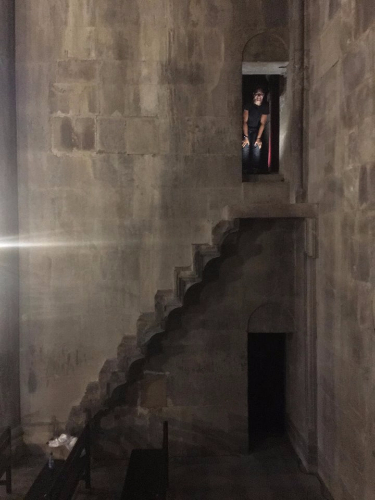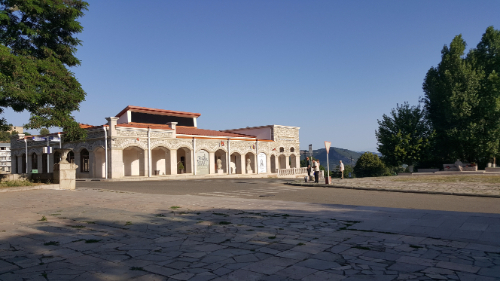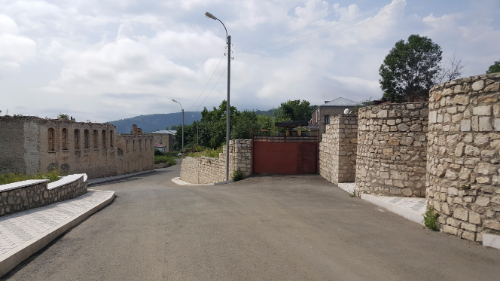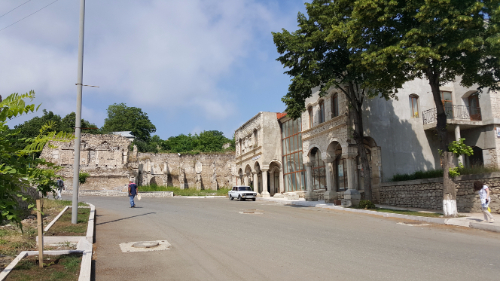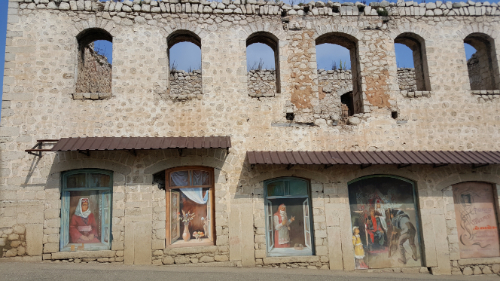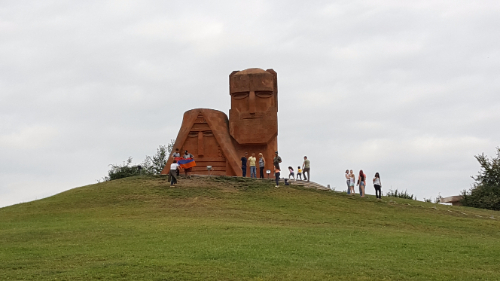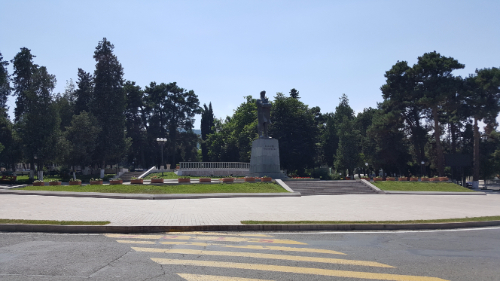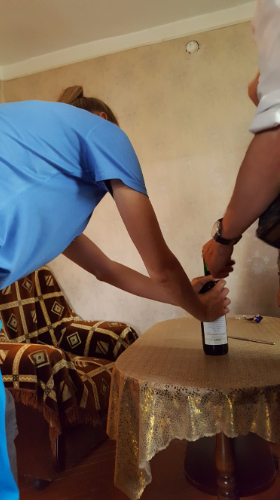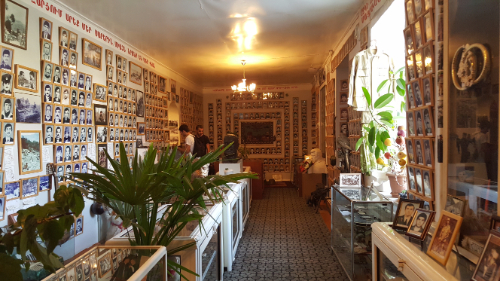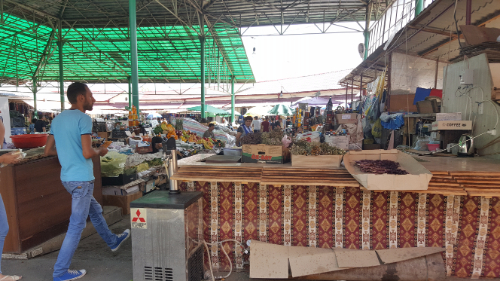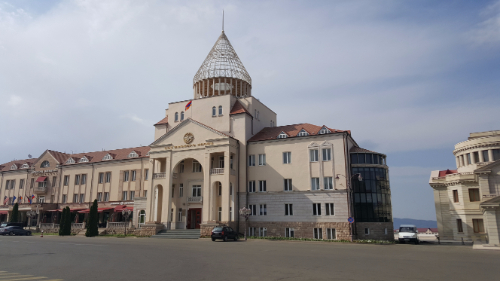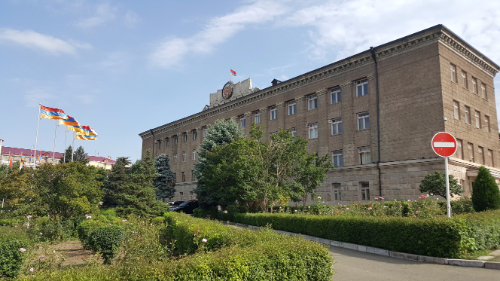We’re going to have a little change of pace today, and I’m going to tell you about one of the random things here that makes me laugh.
Have you seen “My Big Fat Greek Wedding”? When that movie came out, the Armenian community went crazy because so much of Armenian culture and family life is similar to what’s shown in the movie. I thought it was funny and felt like I could relate to it before I came here, but now… now it’s reached a whole new level.
In the movie, the grandfather can take any word and come up with some convoluted way that it came from a Greek word. He also insists that anyone interesting, important, etc. is Greek. It was silly and hilarious in the movie, and most people who watched it probably thought that it was exaggerated. It’s not. People do the exact same thing here. However, instead of words coming from Armenian, it’s literally any good idea or successful anything. The people thing is the same. Anyone impressive, successful, etc. definitely has Armenian roots.
Here is a list of things that my friends or I have actually been told (note: Some of these are true. Some are not. That isn’t the point though. The point is that all of these things were considered important enough to be explicitly stated.):
- The Uber app was based on the gg taxi app (an app here that works similarly to Uber to help you call taxis).
- The British are descended from Armenians who migrated thousands of years ago to the island that is now Great Britain.
- Mesrop Mashtots (the guy who recorded the Armenian alphabet) also created the Georgian alphabet because they asked him to because he did such a good job on the Armenian one (personally, I think he could have tried a little harder to make sure that half of the letters didn’t look the same. For example: ձճժծ… how are those four different letters?????).
- Tbilisi, the capital of Georgia, is the country’s most prized and beautiful city… but it was actually built by the Armenians back when it used to be part of Armenia.
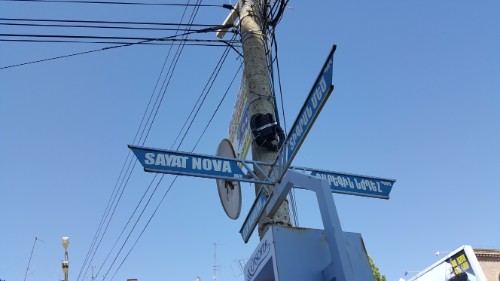
Pretty sure Sayat Nova has a street in every city named after him - Sayat Nova, the famous poet, musician, and composer, is Armenian. The Georgians try to claim him, but he’s Armenian. He lived in Georgia and performed in the Georgian king’s court, but he’s Armenian, NOT Georgian. His birth name was Harutyun Sayatyan… see? HE’S ARMENIAN.
- Any food that’s a “Turkish” food but tastes good is actually Armenian. Those foods were made first by the Armenians who used to live in modern day Turkey.
- The Roman and Greek gods and goddesses are based on the Armenian gods and goddesses from back in Armenia’s pagan days.
- The world’s oldest winery was found in a cave in the south of Armenia (fact). Armenians invented wine (obvious conclusion from the previous fact).
- The world’s oldest leather shoe was found in the same cave (fact). Armenians invented shoes (obvious conclusion from the previous fact).
- Sinks, etc. used to always have two separate controls, one for hot and one for cold. The Armenians were the first to combine them into a single control.
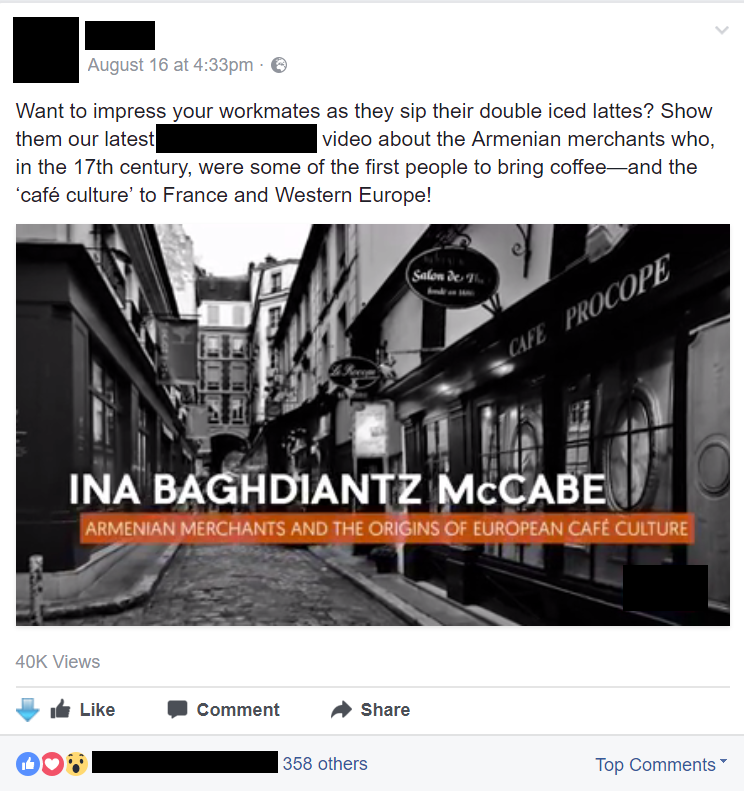
You’re welcome, France. - Armenian merchants helped to bring coffee and “café culture” to France and the rest of Western Europe.
My friends and I, of course, love it. We think the whole thing is hilarious, and now everything turns into a “did you know that Armenians invented ___?” discussion. It’s even better because the person making the claim does it completely seriously, so you think that they’re going to tell you something important, and then they create some additional details just to make it sound extra legitimate. For example:
Person 1: Wow, people love to eat ice cream here!
Person 2: Well it makes sense because did you know that Armenians were the very first people to create ice cream? The first cow in the world was also Armenian, and an Armenian farmer in the 2nd century BC created ice cream through a complete accident because Armenians are so brilliant that even their accidents have incredible results… etc.
It hasn’t gotten old yet, and honestly, I don’t think that it ever will. Of course, we all know that Armenians invented jokes. That’s probably why this one is so good. And laughter. Armenians laughed first, and they also laugh best.
Anyway, next time you use anything that works well or that is helpful in your daily life, say a silent thank you to the Armenians of the past who were almost definitely responsible for the creation of that most useful item, idea, technology, thought, etc.
*Shout out to my friends who helped to compile this list: Carineh, Talene, and Jess

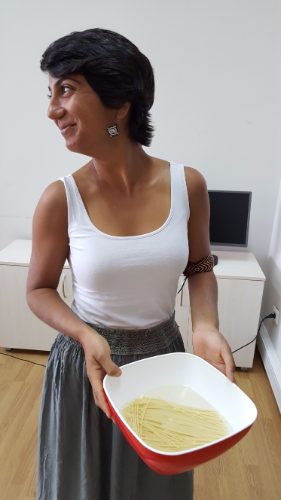

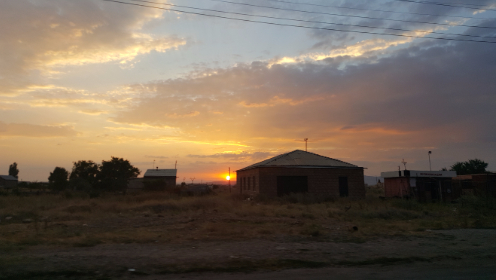
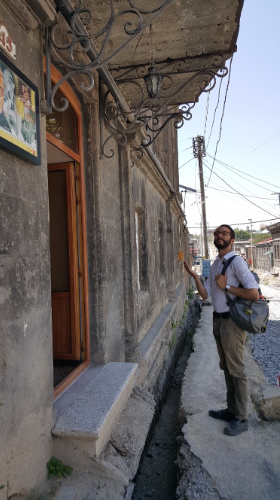

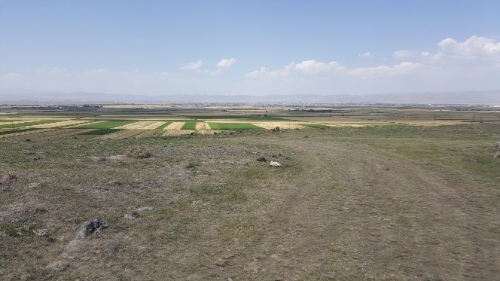

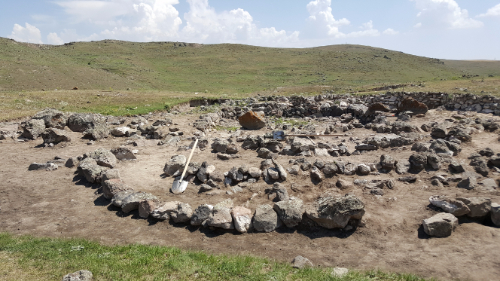
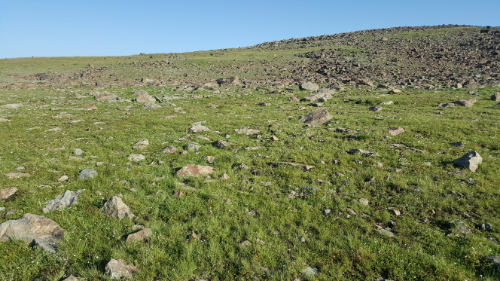
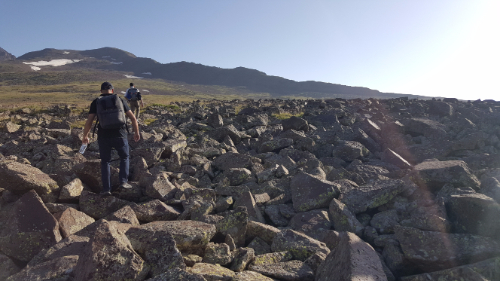
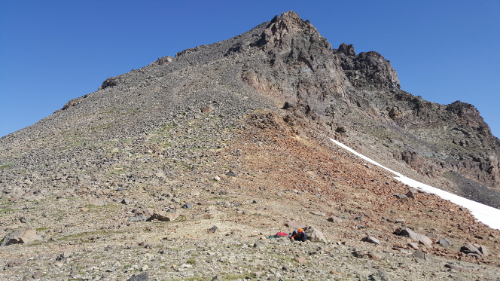
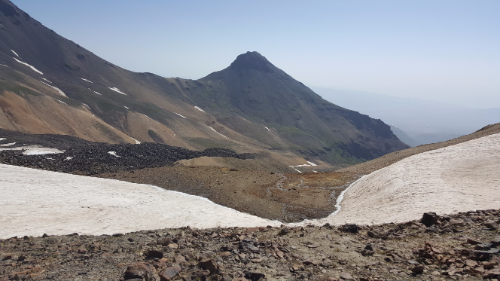
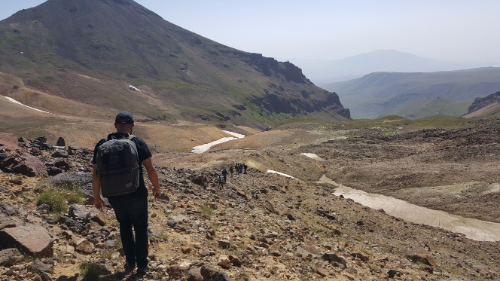
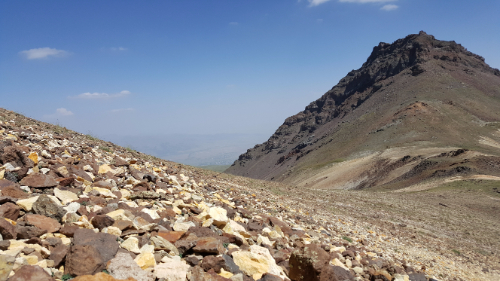
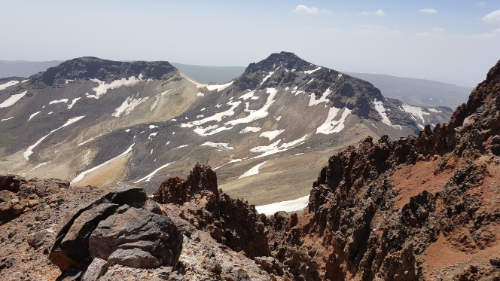
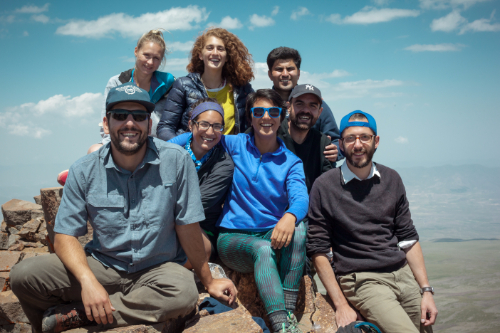
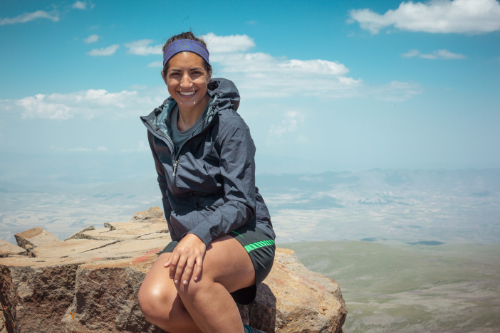
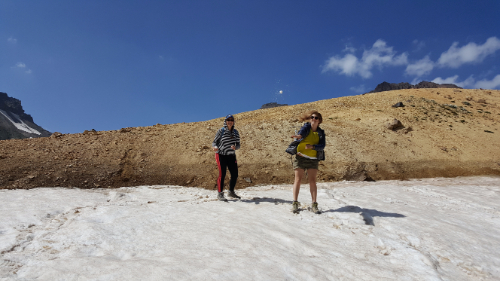
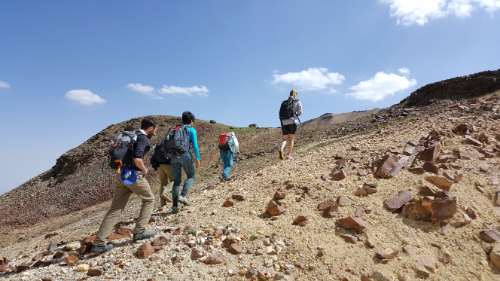
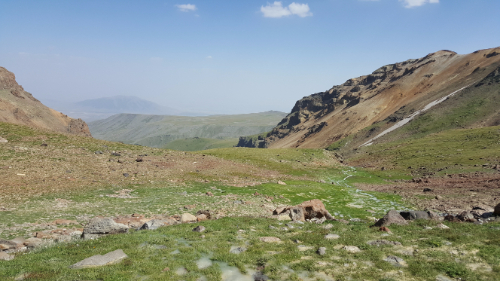
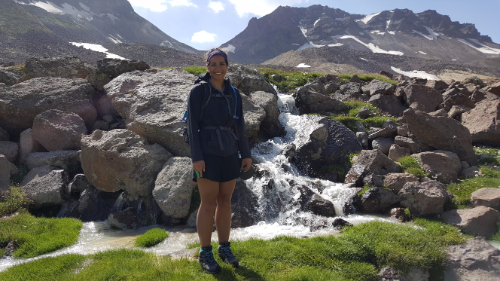
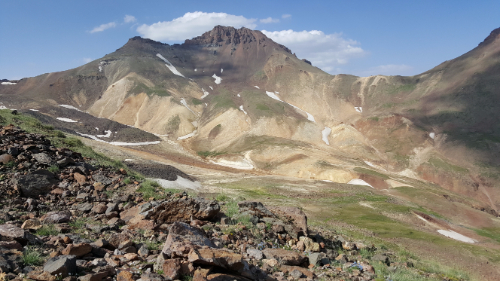
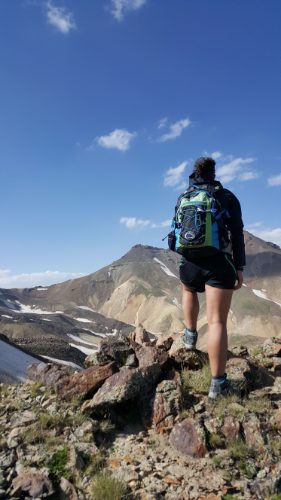
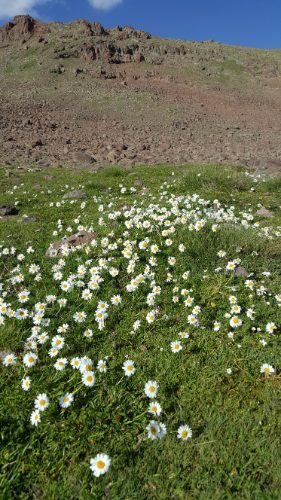
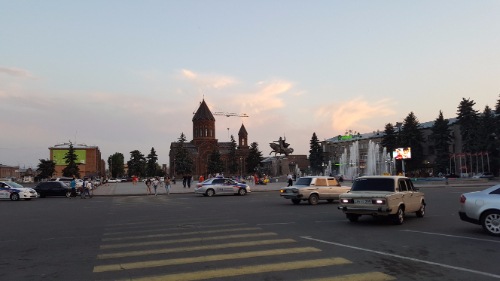
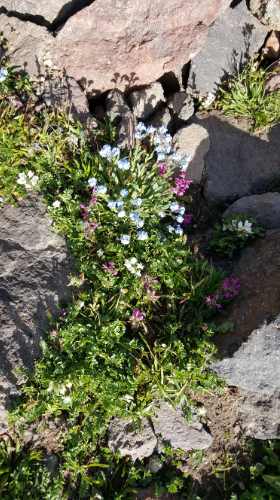
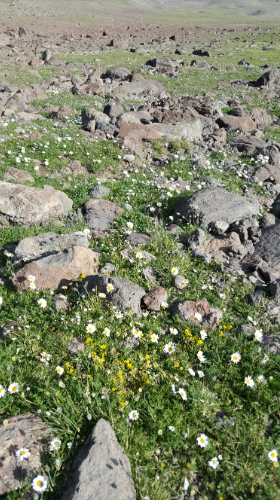 My amusement of the week has been discovering the Armenian way of pronouncing English words. For example, I was helping my friend Carineh (Cah-ree-neh) out by buying some Twix bars for her class. I went into a little store near GTC, and the shopkeeper asked if I needed any help. Normally, I’d say no and just suffer through trying to find what I wanted, but I decided that the evil of trying to speak Armenian was less than the evil of poking around the tiny shop while being stared down.
My amusement of the week has been discovering the Armenian way of pronouncing English words. For example, I was helping my friend Carineh (Cah-ree-neh) out by buying some Twix bars for her class. I went into a little store near GTC, and the shopkeeper asked if I needed any help. Normally, I’d say no and just suffer through trying to find what I wanted, but I decided that the evil of trying to speak Armenian was less than the evil of poking around the tiny shop while being stared down. This was not the first time that pronunciation completely eliminated our chances of being understood. My first week, we were trying to confirm that GTC has a laser cutter, so Carineh asked one of the guys who works there if he knew where the laser cutter was. She said it all in Armenian except for “laser cutter”, and he just blank stared at her until she said it a few more times with different emphases. Finally, we got an Armenian, “ah! You mean the lah-zer cooter!” Right. That’s exactly what we meant.
This was not the first time that pronunciation completely eliminated our chances of being understood. My first week, we were trying to confirm that GTC has a laser cutter, so Carineh asked one of the guys who works there if he knew where the laser cutter was. She said it all in Armenian except for “laser cutter”, and he just blank stared at her until she said it a few more times with different emphases. Finally, we got an Armenian, “ah! You mean the lah-zer cooter!” Right. That’s exactly what we meant.